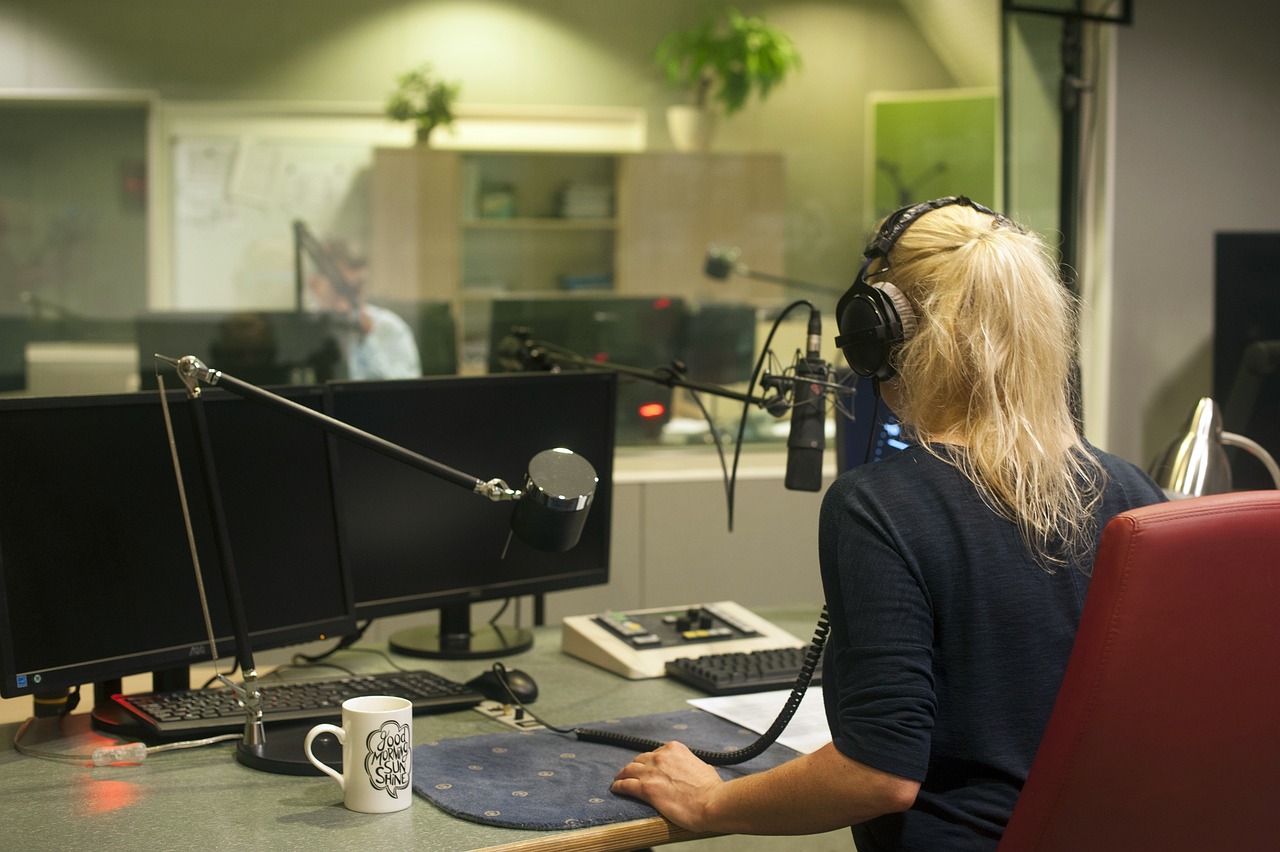Virtual Reality: A New Dimension of Entertainment and Training
Virtual Reality (VR) has revolutionized the way we experience entertainment and training. With the ability to transport users to immersive virtual worlds, VR technology has opened up a new dimension of possibilities. Whether it’s exploring fantastical realms in a video game or undergoing realistic simulations for training purposes, VR has the power to engage and captivate users like never before.
The Rise of Virtual Reality
Virtual Reality technology has come a long way since its inception. Originally conceived as a way to enhance military training simulations, VR has evolved into a mainstream form of entertainment and training. With advancements in hardware and software, VR has become more accessible and affordable, making it available to a wider audience.
Entertainment in Virtual Reality
One of the most exciting applications of VR is in the realm of entertainment. With VR headsets like the Oculus Rift and HTC Vive, users can experience games and movies in a whole new way. Instead of watching a screen, users are immersed in a virtual world where they can interact with characters and environments. This level of immersion creates a thrilling and unforgettable experience that traditional forms of entertainment cannot replicate.
VR games, in particular, have gained a massive following, with developers creating new and innovative experiences for players to enjoy. From action-packed shooters to relaxing exploration games, the possibilities in VR gaming are endless. The sense of presence and realism that VR provides adds a new layer of excitement to gameplay, making every moment feel more intense and immersive.
Training in Virtual Reality
Aside from entertainment, VR technology is also being used for training purposes. From flight simulations for pilots to medical procedures for healthcare professionals, VR has proven to be an invaluable tool for immersive training experiences. By placing users in realistic scenarios, VR training can help improve skills and knowledge in a safe and controlled environment.
For example, surgeons can practice complex procedures in VR before performing them on real patients, reducing the risk of error and improving patient outcomes. Similarly, firefighters can simulate dangerous rescue missions to better prepare for emergency situations. The hands-on nature of VR training allows users to learn by doing, leading to a deeper understanding of the subject matter.
The Future of Virtual Reality
As technology continues to advance, the future of Virtual Reality looks brighter than ever. With the development of more immersive hardware, such as haptic feedback gloves and full-body suits, the level of realism in VR experiences will only increase. Additionally, the integration of artificial intelligence and machine learning will enhance the interactivity and intelligence of VR simulations, making them even more engaging and educational.
Furthermore, the potential applications of VR are vast and varied. From virtual tourism to virtual classrooms, VR has the ability to transform the way we learn, work, and play. As the technology becomes more widespread and accessible, we can expect to see even more innovative uses of VR in various industries.
FAQs
What equipment do I need for Virtual Reality?
To experience Virtual Reality, you will need a VR headset, such as the Oculus Rift, HTC Vive, or PlayStation VR. Additionally, you may need compatible controllers and sensors to track your movements in the virtual world.
Is Virtual Reality safe for everyone?
While Virtual Reality is generally safe for most users, it may not be suitable for everyone. Some individuals may experience motion sickness or discomfort when using VR headsets, so it’s important to take breaks and listen to your body’s signals.
Can Virtual Reality be used for educational purposes?
Absolutely! Virtual Reality has a lot of potential in the field of education. From virtual field trips to interactive science experiments, VR can make learning more engaging and immersive for students of all ages.
How is Virtual Reality different from Augmented Reality?
Virtual Reality and Augmented Reality are similar in that they both involve computer-generated experiences, but they have some key differences. Virtual Reality creates a completely immersive virtual environment, while Augmented Reality overlays digital content onto the real world.
What are some popular VR games and experiences?
Some popular VR games and experiences include Beat Saber, Superhot VR, Job Simulator, and Vader Immortal. These games offer unique and engaging experiences that showcase the power of Virtual Reality technology.
Conclusion
Virtual Reality has opened up a new dimension of entertainment and training, offering users immersive and engaging experiences like never before. Whether you’re exploring virtual worlds in a game or undergoing realistic simulations for training, VR has the power to transport you to new and exciting places. As technology continues to advance, we can expect even more innovative uses of VR in various industries, making it an essential tool for learning, working, and playing in the digital age.





